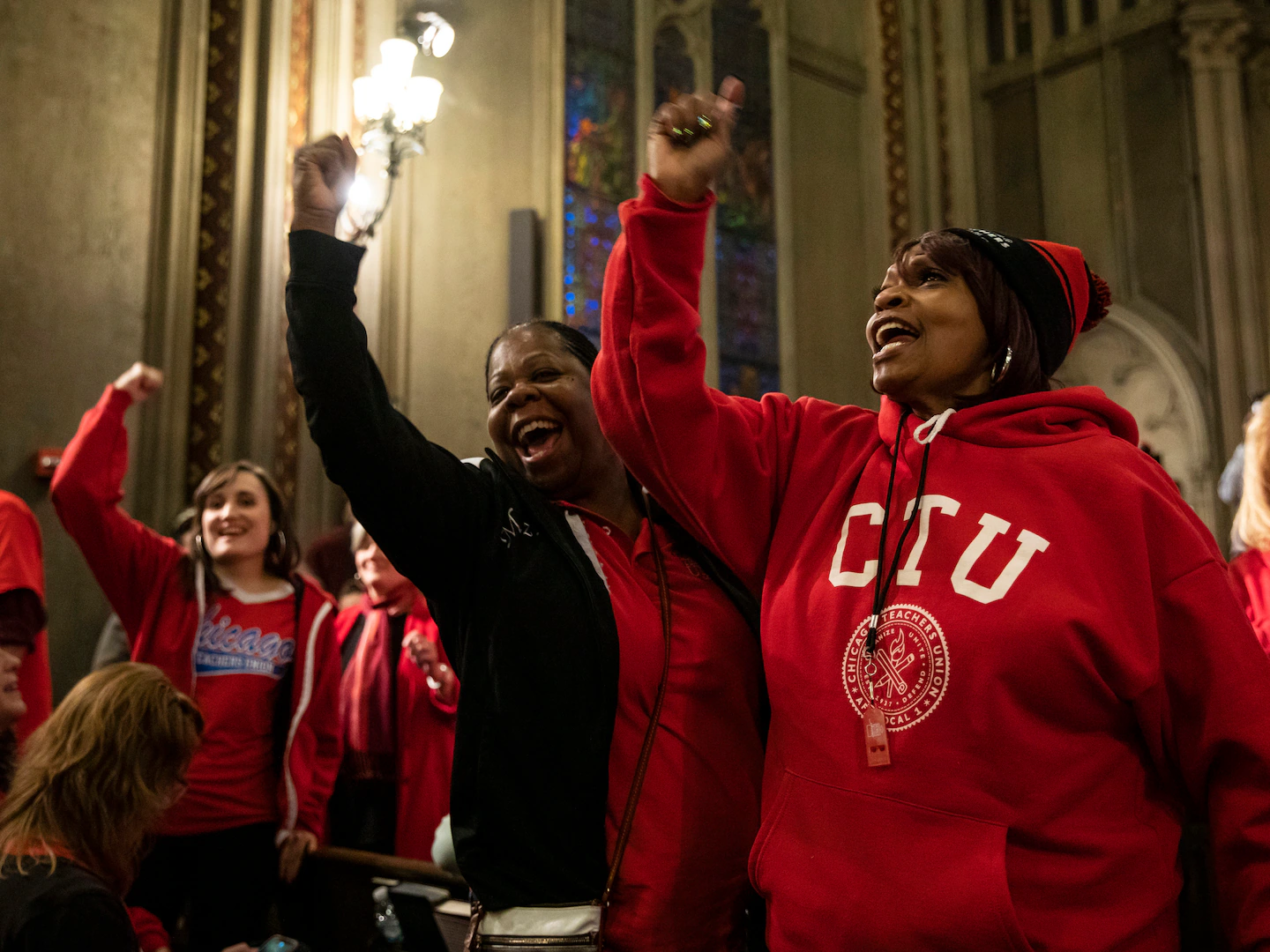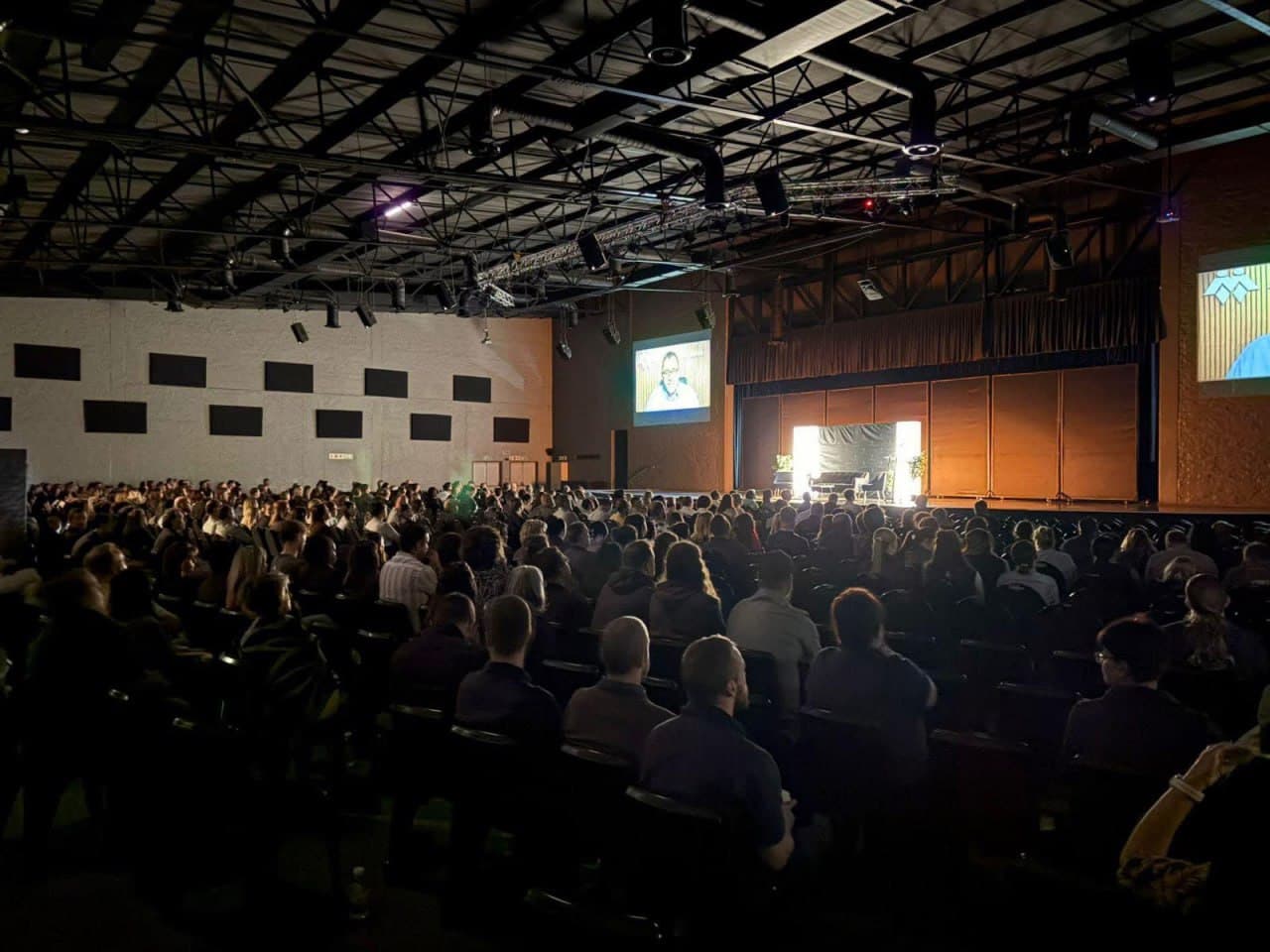In a world increasingly dominated by corporate greed and environmental degradation, the call for class unions is not just timely; it is urgent. Rasmus Hästbacka, a member of the Swedish syndicalist union SAC, argues that workers must take matters into their own hands to combat the relentless attacks from employers and neoliberal policies. The labor movement has been in crisis for over three decades, and the time for change is now.
Labor Movements Are Under Siege
The last thirty years have seen a systematic dismantling of labor rights across the globe. Employers, emboldened by neoliberal policies, have turned workplaces into battlegrounds against workers" rights. As reported by SAC Syndikalisterna, this crisis is not a mere coincidence but a consequence of a labor movement that has failed to adapt. In the U.S. and Europe, while some unions like the Chicago Teachers’ Union and Sweden’s Dock Workers Union have shown resilience, the vast majority have succumbed to the pressures of capitalism.
Class Unions Can Transform Worker Power
Hästbacka advocates for the establishment of class unions that are self-managed and inclusive of all workers—those who are not employers or bosses. This vision, reminiscent of the One Big Union slogan of the Industrial Workers of the World (IWW), emphasizes that workers can organize and demand better conditions on their own terms. By uniting across industries and workplaces, workers can wield collective economic power to reshape their environments, both socially and ecologically.
Workers Must Dictate New Economic Conditions
According to Hästbacka, the most radical transformation comes from the workers themselves. When united, they can halt the economy and redefine the conditions of labor. This capability not only allows for short-term wins but also lays the groundwork for a more equitable society. The implications are profound: if workers can collectively manage their workplaces, they can also pivot production to meet human needs and align with ecological sustainability.
\n\n
Chicago Teachers Union strike presses for more affordable h…
Divisions Among Workers Must End
The current landscape is riddled with divisions—between union affiliations, job types, and even ideologies. However, Hästbacka argues that the path forward lies in solidarity, transcending these divides. He insists that all trade unions should operate independently from the political left, right, and center, focusing instead on grassroots organization and collective action.
Rejecting Political Integration
The political left’s tendency to integrate workers into a system of class collaboration with the state only serves to dilute their power. This is evident in many leftist movements that have marginalized themselves from the struggles faced by everyday workers. The need for a self-managed approach is critical, as highlighted by Hästbacka’s emphasis on union democracy. As workers engage with each other, they can build solidarity that is essential for effective class struggle.
The Challenge of Inclusivity
Critics of the class union model raise concerns about potential members who do not share the union"s core values. Hästbacka addresses this by emphasizing that fundamental principles of solidarity and democracy must guide membership. For instance, any individual expressing homophobic or racist sentiments would violate these principles and thus be excluded. This creates a space for genuine collaboration while maintaining a commitment to social justice.
Embracing Diverse Perspectives
While some syndicalists fear that including a broader range of workers could undermine the union"s vision, Hästbacka posits that class struggle serves as an educational platform. By engaging with diverse perspectives, workers can sharpen their arguments for a post-capitalist future while actively participating in the fight for better working conditions. This dual approach fosters a culture of learning and empowerment.
\n\n
Voting rights: Thousands expected in DC on Saturday amid delta vari…
Rethinking the Role of the Left
It is crucial not to dismiss the entire left as ineffective, as many leftist organizations can serve as affinity groups and educational platforms. However, they cannot replace the need for robust class organizations that prioritize workers’ rights. The syndicalist approach champions a model where workers are the primary agents of change, and this is not merely an ideological stance—it is a necessary evolution in labor organization.
Building a Stronger Future
Hästbacka’s vision for class unions is not just a theoretical framework but a practical call to action. Workers must build their power from the ground up, harnessing their collective strength to dictate terms in a shifting economic landscape. The urgency for this movement is palpable, as the fate of labor rights hangs in the balance. Without immediate action to foster unity and self-management among workers, the consequences could be dire, not only for the labor movement but for social justice and environmental sustainability as a whole.





![[Video] Left-wing radicals attack AfD politicians and journalists in Giessen](/_next/image?url=%2Fapi%2Fimage%2Fthumbnails%2Fthumbnail-1764438663474-e7iix9-thumbnail.jpg&w=3840&q=75)


